- Joined
- Jul 20, 2016
- Messages
- 2,274
- Reaction score
- 2,272
Sorry I'm tired as hell, had a big day. I was thinking of the one in your front yard.BigWave said:Fountain?

Sorry I'm tired as hell, had a big day. I was thinking of the one in your front yard.BigWave said:Fountain?
dean65 said:goldierocks said:Yes, I go underground a lot myself but have it checked by an experienced miner, although experienced myself from years underground in operating mines. My comments relate in particular to those without experience who may not appreciate the hazards and the need to test air, bar down loose hanging daily etc. Personally I don't think it a great recreational activity and would not encourage it for recreation, as there is always some risk even in a mine being worked full-time - I do it as part of my work because it is necessary. If you like going underground, I recommend joining a caving club rather than exploring old mines. Stability is better by far in caves, although not entirely without risk - lung diseases from bats (also in old mines) and rapid inflow of water during rainstorms are more the issue. But because caves don't involve blasting that opens up fractures everywhere, and because limestone takes a long time to dissolve to form tunnels etc, there is more time for roof and walls to equilibrate and be stable....also air is more likely to be better.
Lung diseases from bats (also in old mines) - "Acute pulmonary histoplasmosis is a respiratory infection that is caused by inhaling the spores of the fungus Histoplasma capsulatum." You can get sick when you breathe in spores that the fungus produces. Every year, thousands of people with a normal immune system worldwide are infected, but most do not become seriously sick. Most have no symptoms or have only a mild flu-like illness and recover without any treatment. It is commonly found in the soil in river valleys. It gets into the soil mostly from bird and bat droppings. If you encounter bats in old mines you need to exercise caution and wash your hands as soon as possible. In spite of the potential risks involved in mine exploration, the danger to the experienced mine explorer is relatively low: the majority of accidents involve people who are unprepared. As such we advise the general public not to enter abandoned mines and to exercise great caution around old mine shafts.
Hunting the yellow said:goldierocks said:stoyve said:Gday Goldierocks,
It's really good of you to alert forum members of the many dangers in underground mine exploration.
But I thought I would let you know about Dean65 and the guys who go underground with him.
Dean is well practiced in this activity and uses a gas metre, also one of the team that goes with him is a very experienced miner who has been working underground in the Ballarat gold mine at Mt Clear.
He is very knowledgeable in every aspect of mine safety and always explains where and why there is a hazard.
For any other members of the forum who may be tempted to participate in this activity, BEWARE!!!
What may seem a benign or harmless mine maybe your last place on earth.
I have been going underground for nigh on 40 years and I never have or will take the dangers for granted.
Don't be tempted to go underground unless you go with someone who is knowledgeable and safety is there mantra.
Cheers Steve
Yes, I go underground a lot myself but have it checked by an experienced miner, although experienced myself from years underground in operating mines. My comments relate in particular to those without experience who may not appreciate the hazards and the need to test air, bar down loose hanging daily etc. Personally I don't think it a great recreational activity and would not encourage it for recreation, as there is always some risk even in a mine being worked full-time - I do it as part of my work because it is necessary. If you like going underground, I recommend joining a caving club rather than exploring old mines. Stability is better by far in caves, although not entirely without risk - lung diseases from bats (also in old mines) and rapid inflow of water during rainstorms are more the issue. But because caves don't involve blasting that opens up fractures everywhere, and because limestone takes a long time to dissolve to form tunnels etc, there is more time for roof and walls to equilibrate and be stable....also air is more likely to be better.
also don't forget that you would run into lots of bat crap too being a caver and you should know the risks of that as well. and another thing too is the limestone its not perfectly safe in fact you often can't see the cracks in the roof because of the calcium carbonate hides it very well until it all comes down suddenly a least in mines you can generally see cracks in the strata
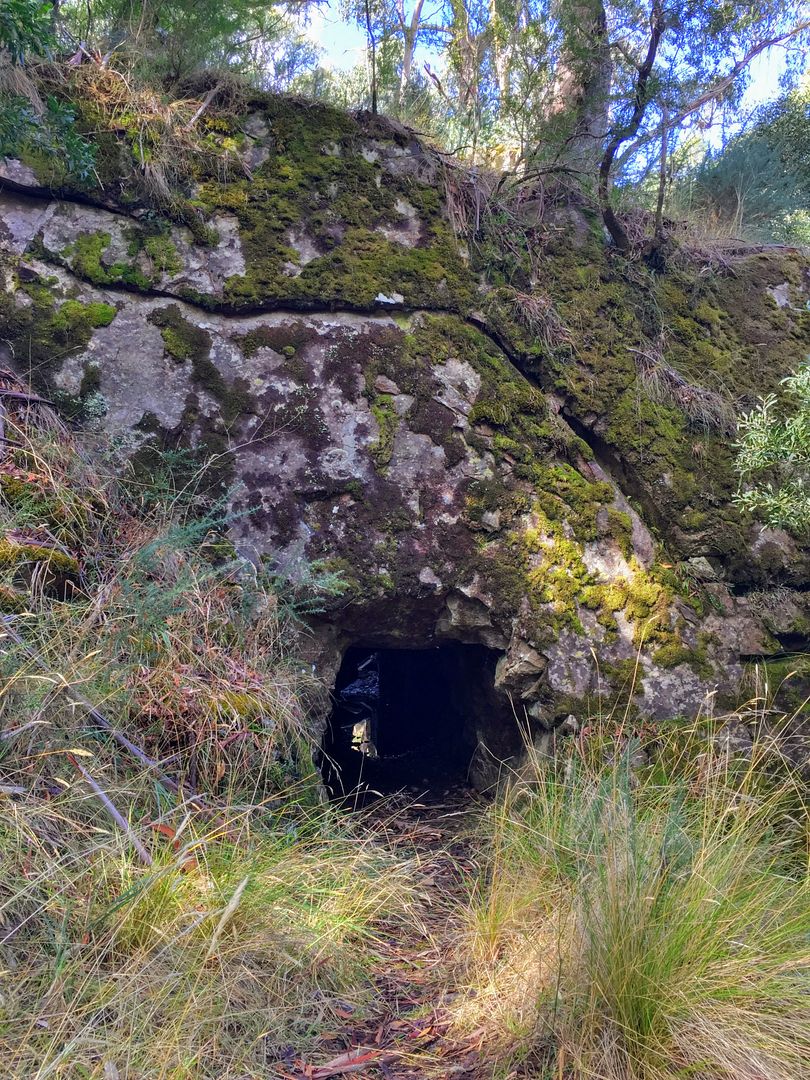
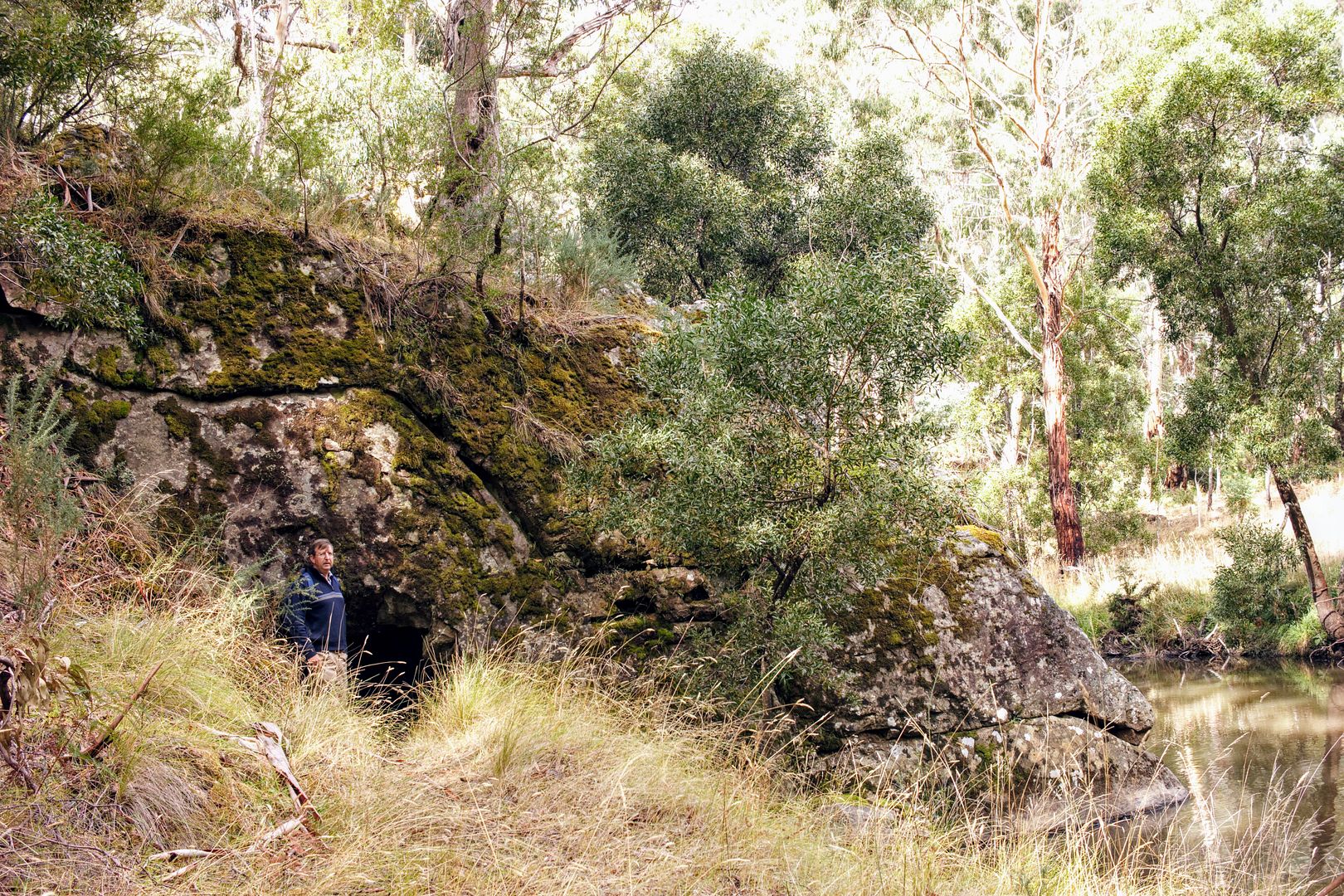
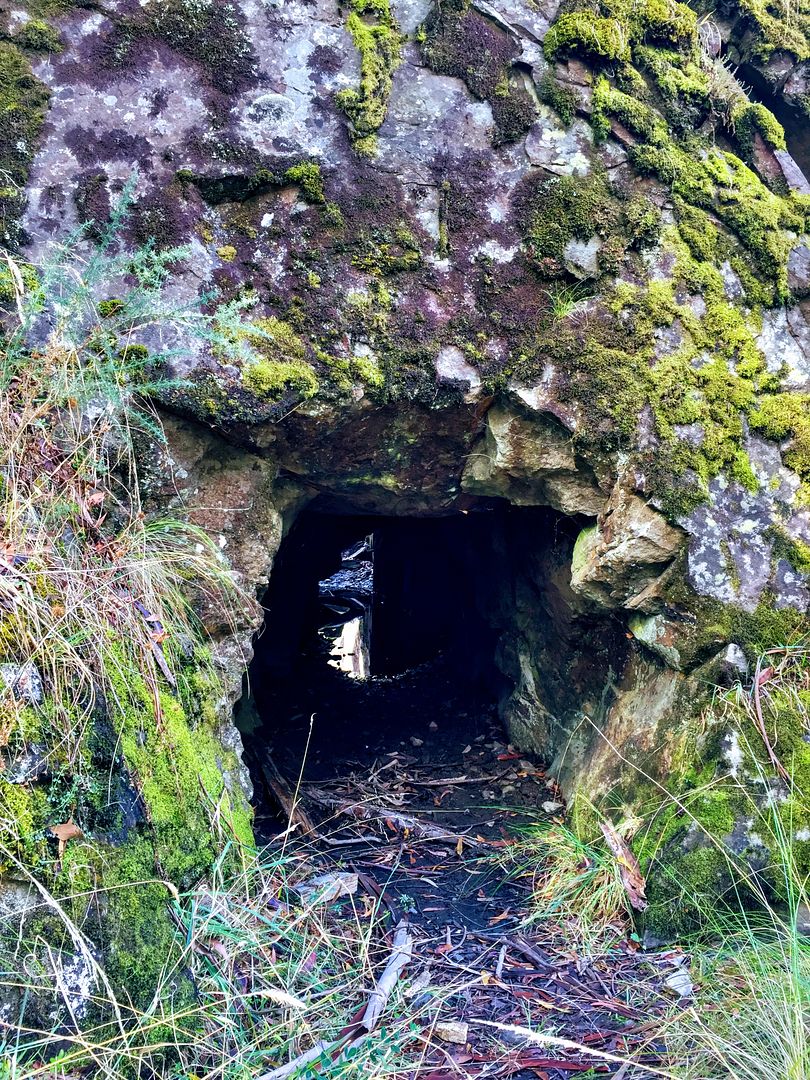

Heatho said:Hey Dean, might want to check out this thread mate. Photobucket is going to be a problem here in the future. Please, if you can upload your pics directly to this website it would be a big help, it's not our doing mate, this is because photobucket has changed it's terms of use. Hope this won't be a problem.
https://www.prospectingaustralia.com/forum/viewtopic.php?id=22687
Cheers
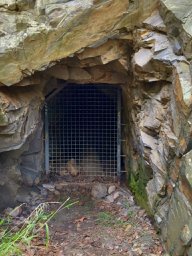
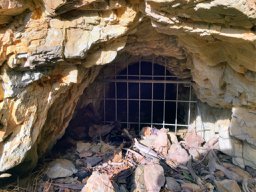
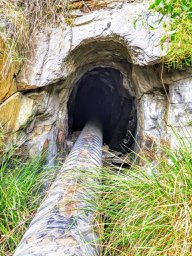
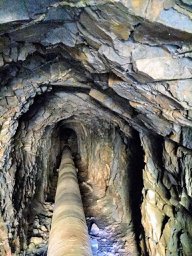
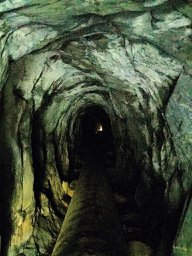
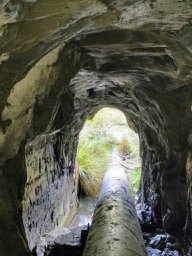
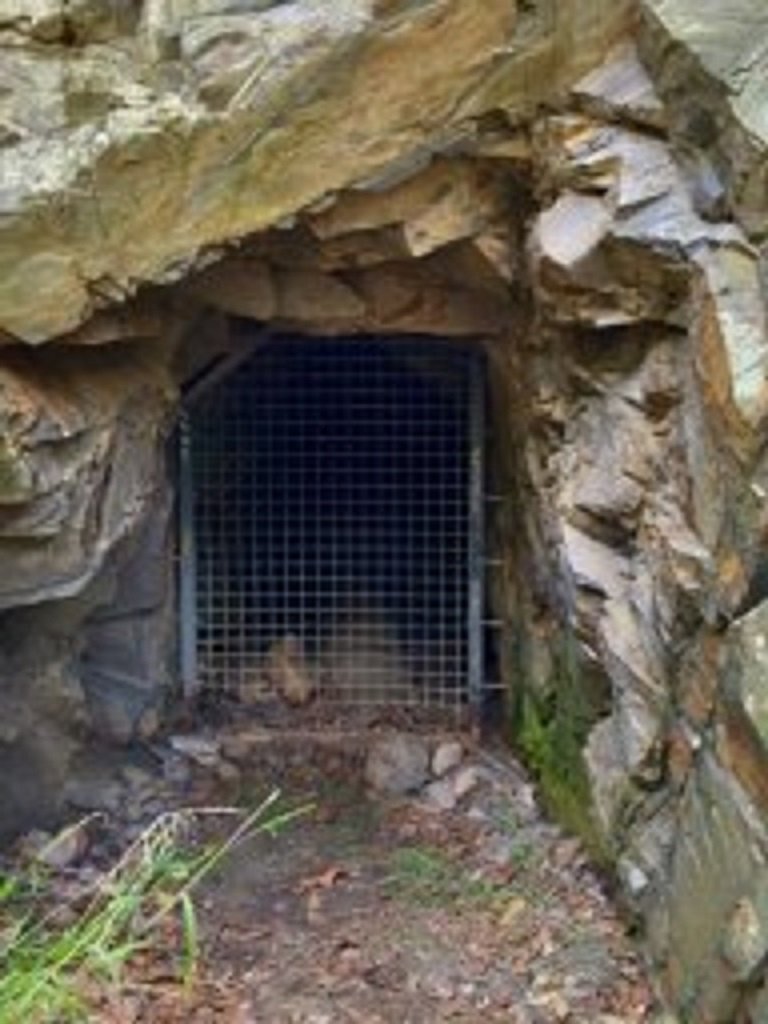
Heatho said:Here's a test I did with one of your photos by making it 1024x768 in MS paint. Keep in mind also that taking larger file sized pics first and then editing down will make clearer pics than doing it the other way around.
Cheers
https://www.prospectingaustralia.com/forum/img/member-images/487/1500070529_1500038152_img_7341.jpg
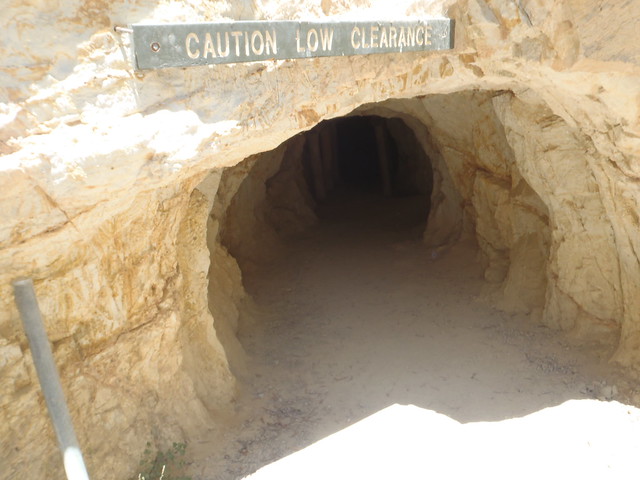 P1270504 by ,
P1270504 by , Occasional_panner said:What the hell are those weird things painted on the wall?
Hunting the yellow said:Heatho said:Here's a test I did with one of your photos by making it 1024x768 in MS paint. Keep in mind also that taking larger file sized pics first and then editing down will make clearer pics than doing it the other way around.
Cheers
https://www.prospectingaustralia.com/forum/img/member-images/487/1500070529_1500038152_img_7341.jpg
a bit blurry ?
https://farm5.staticflickr.com/4171/33625061844_b0e2b008fb_z.jpgP1270504 by ,
try something like that
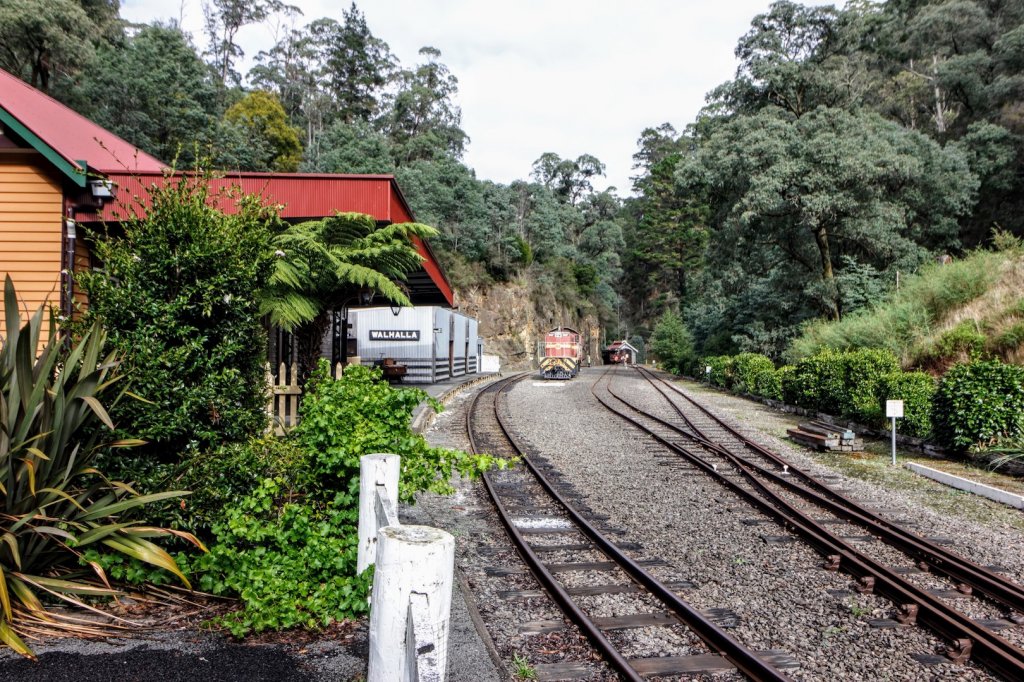
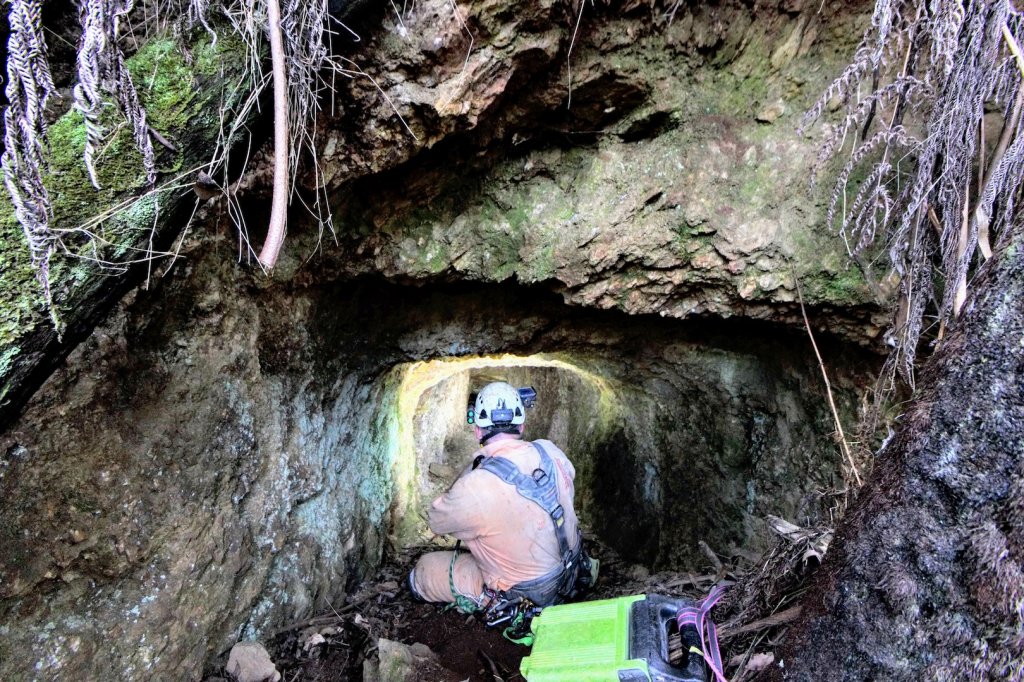
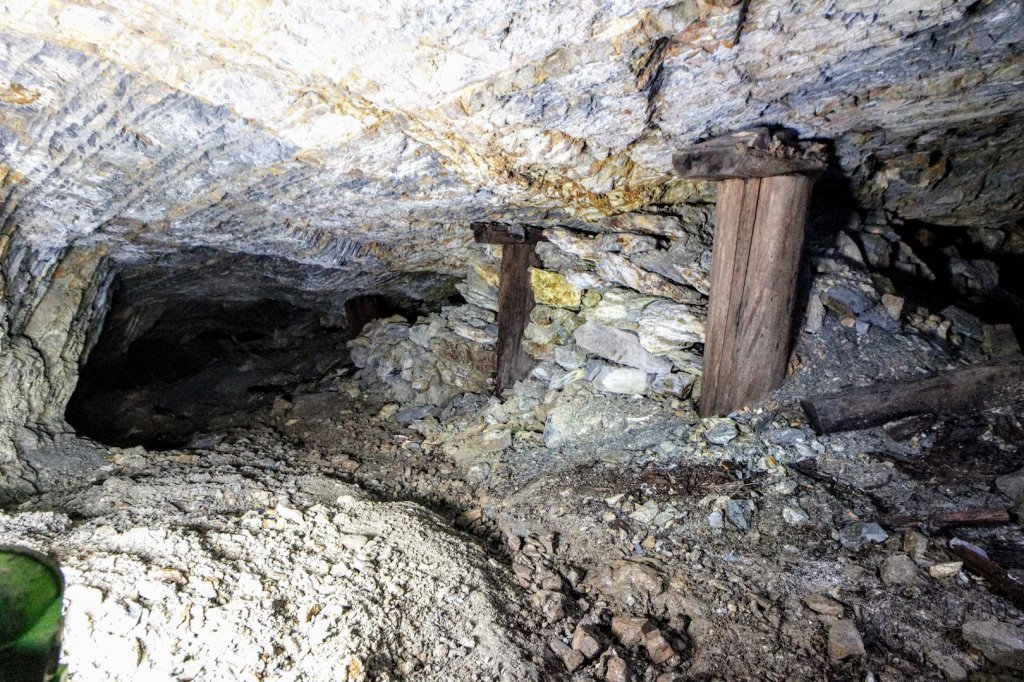
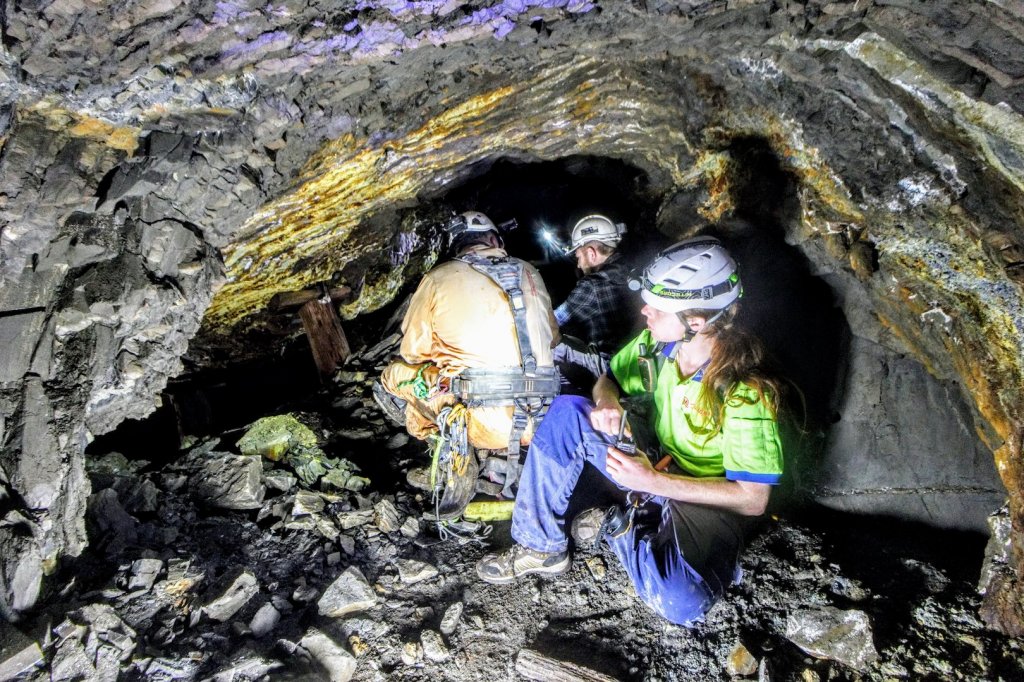
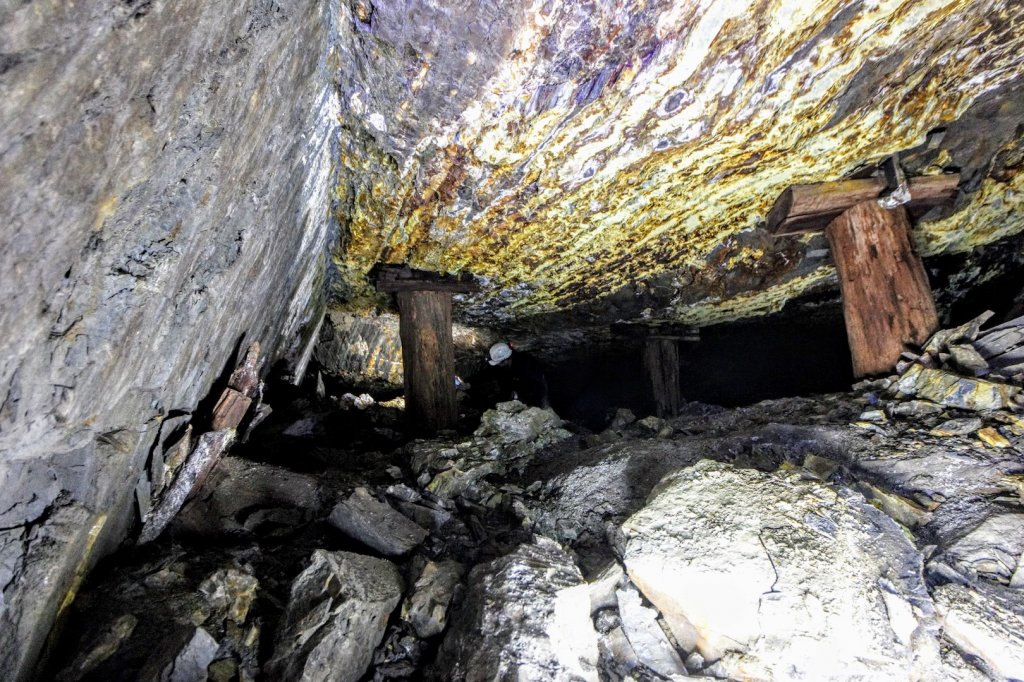
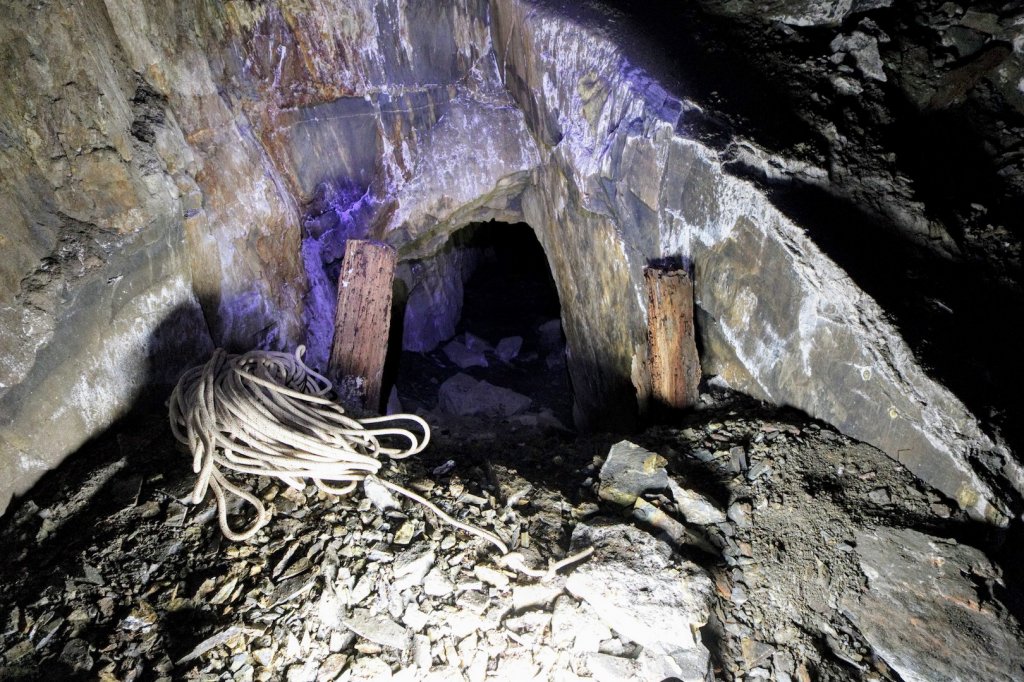
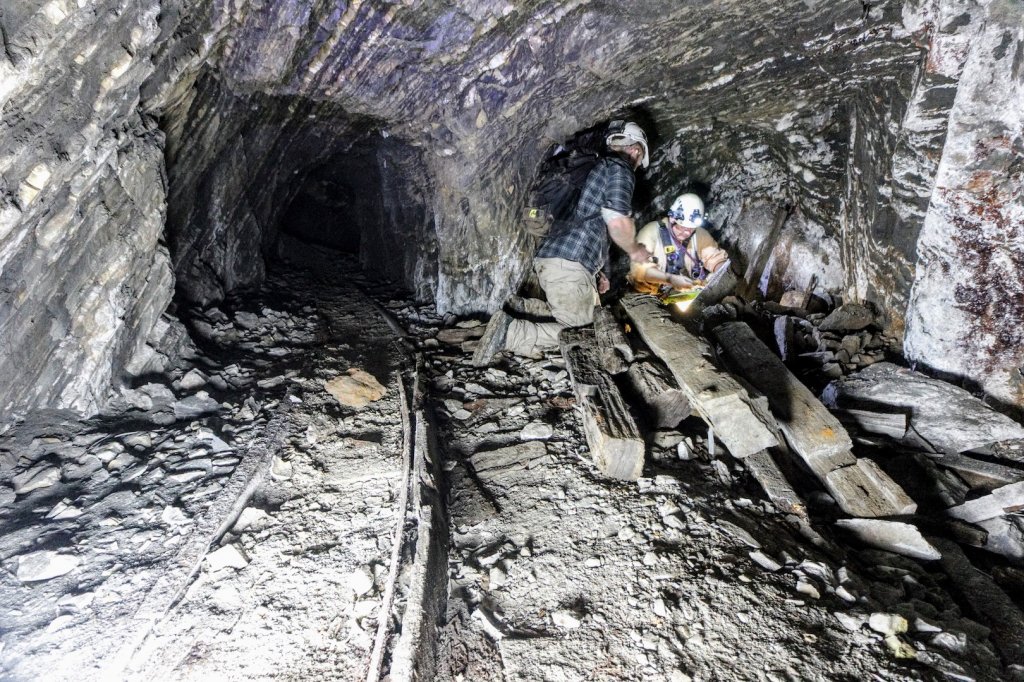
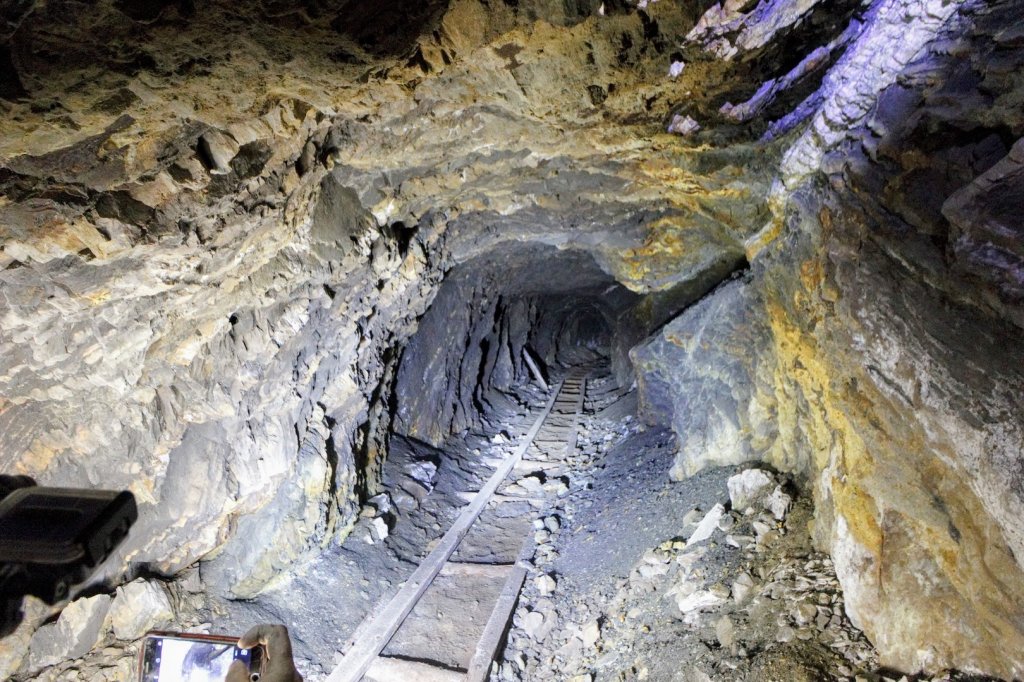
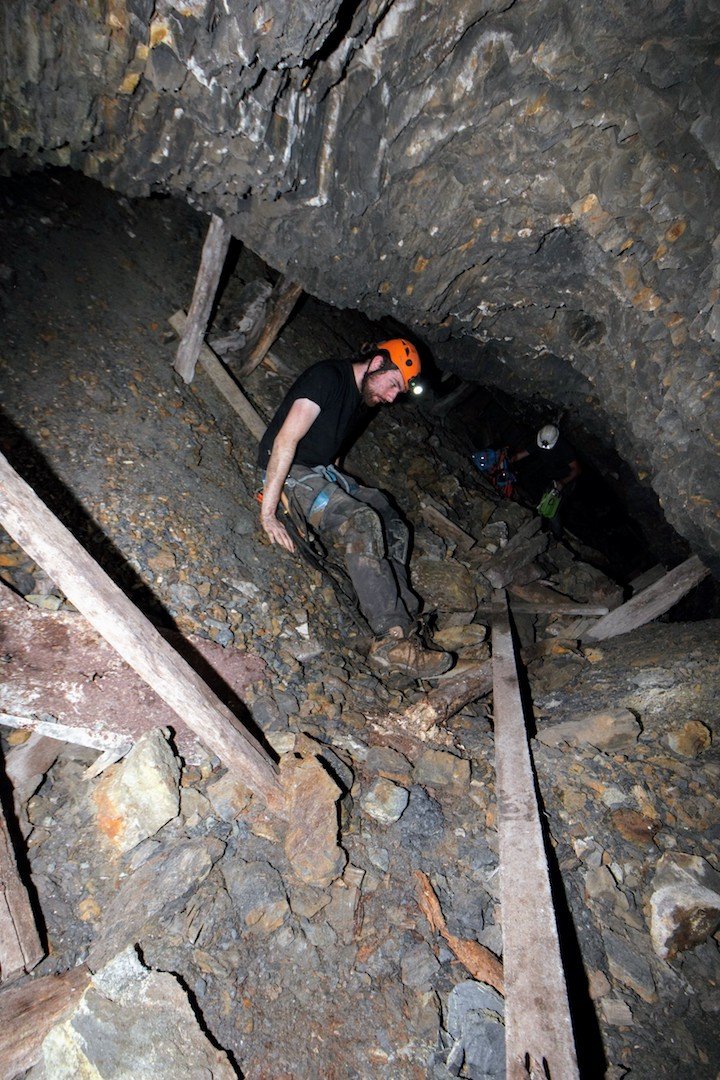
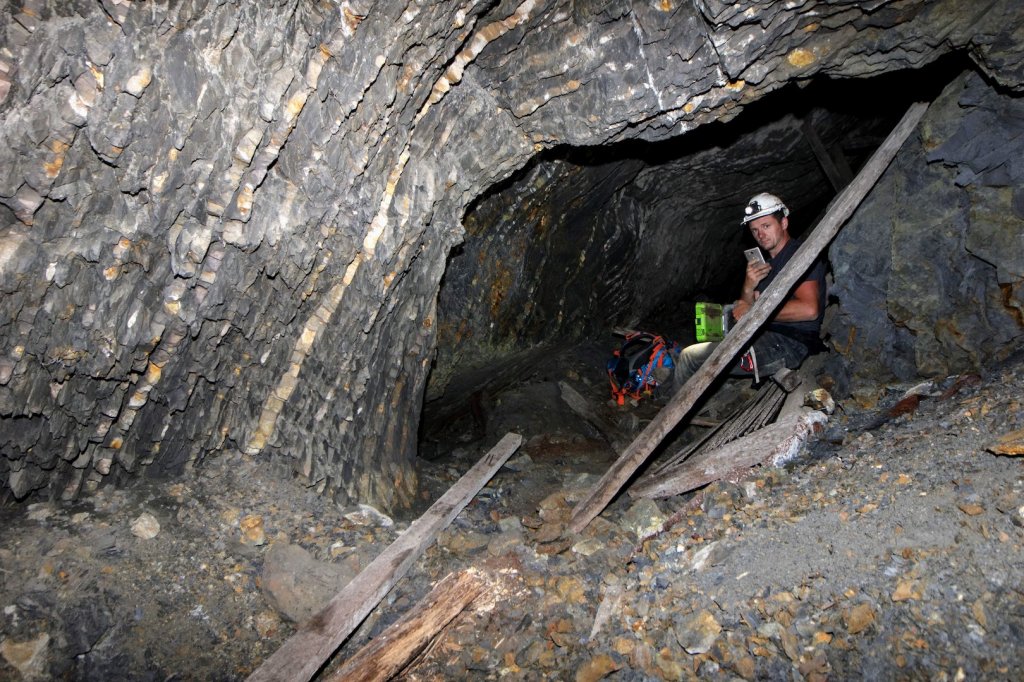
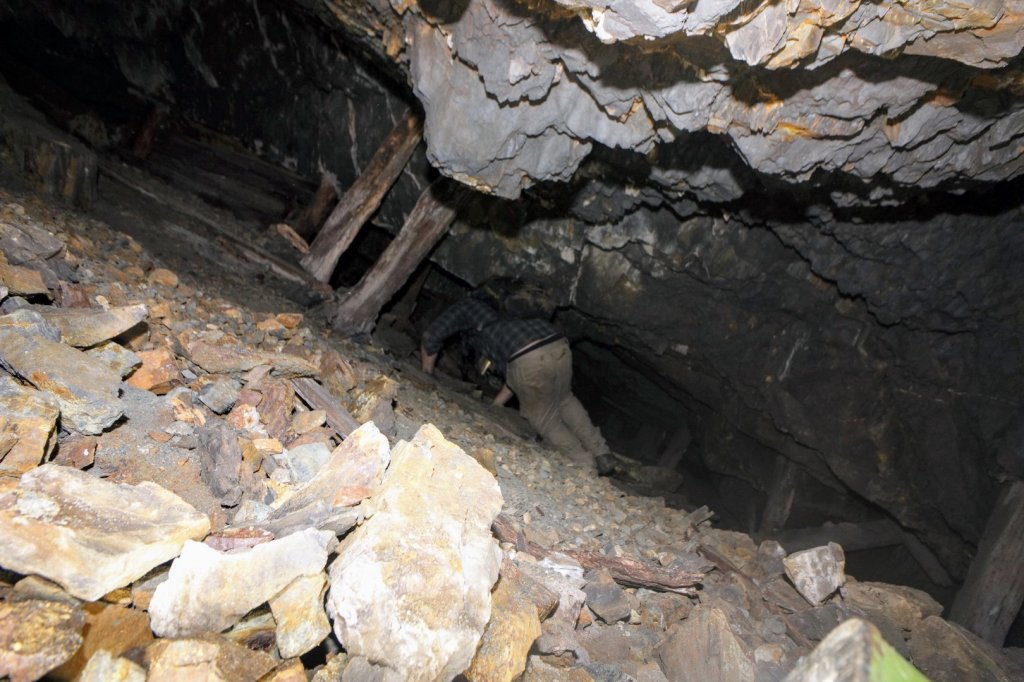
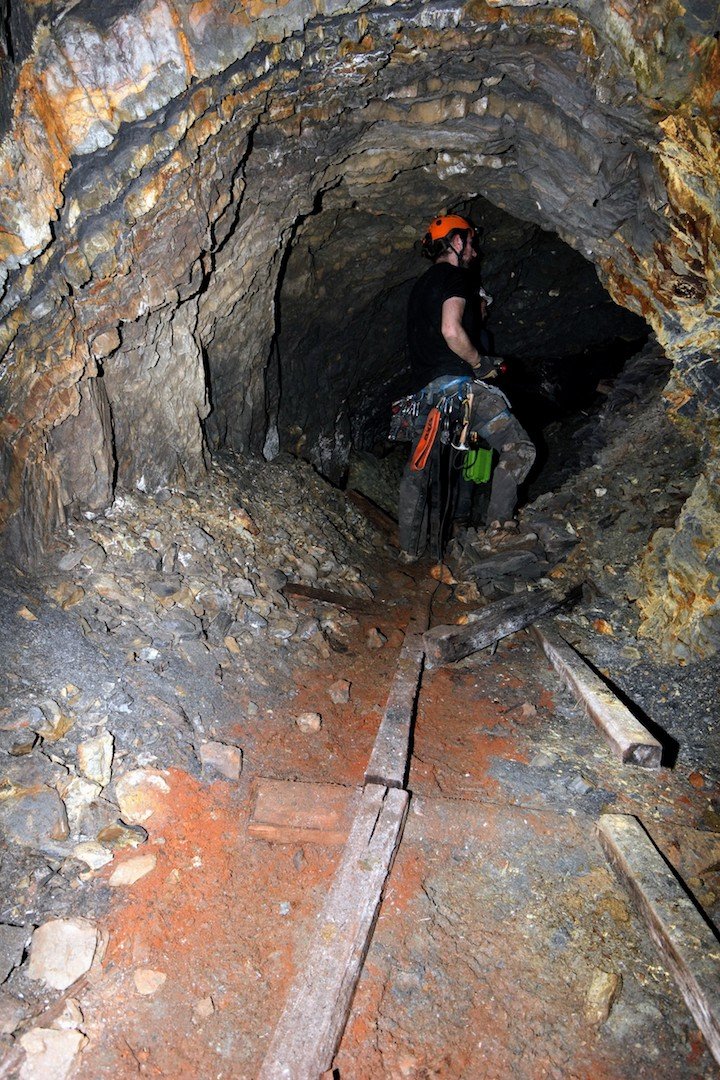
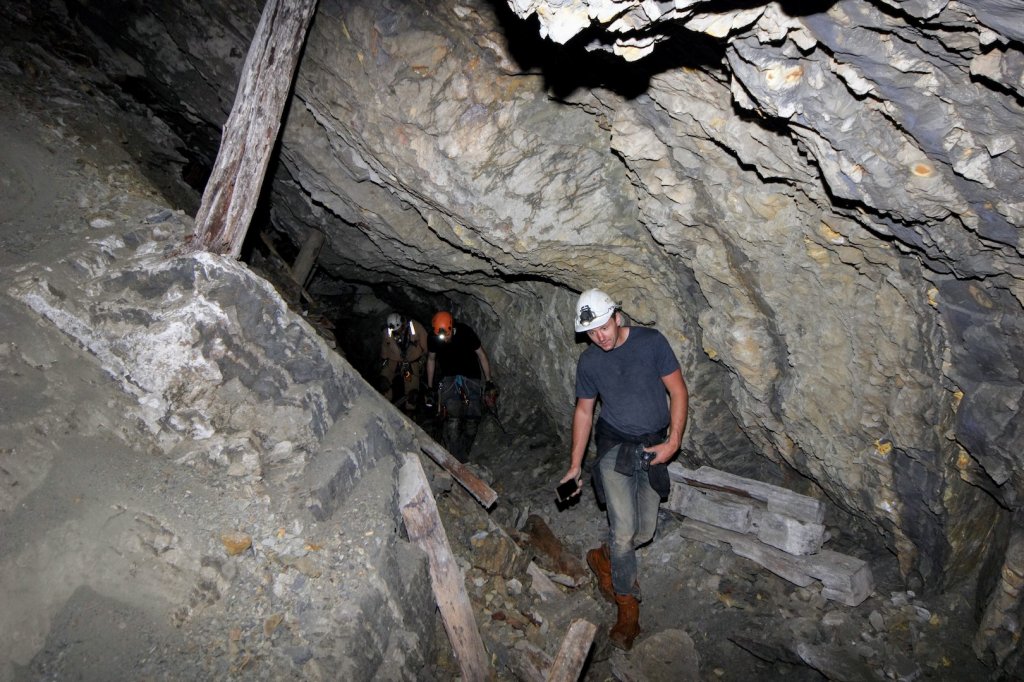
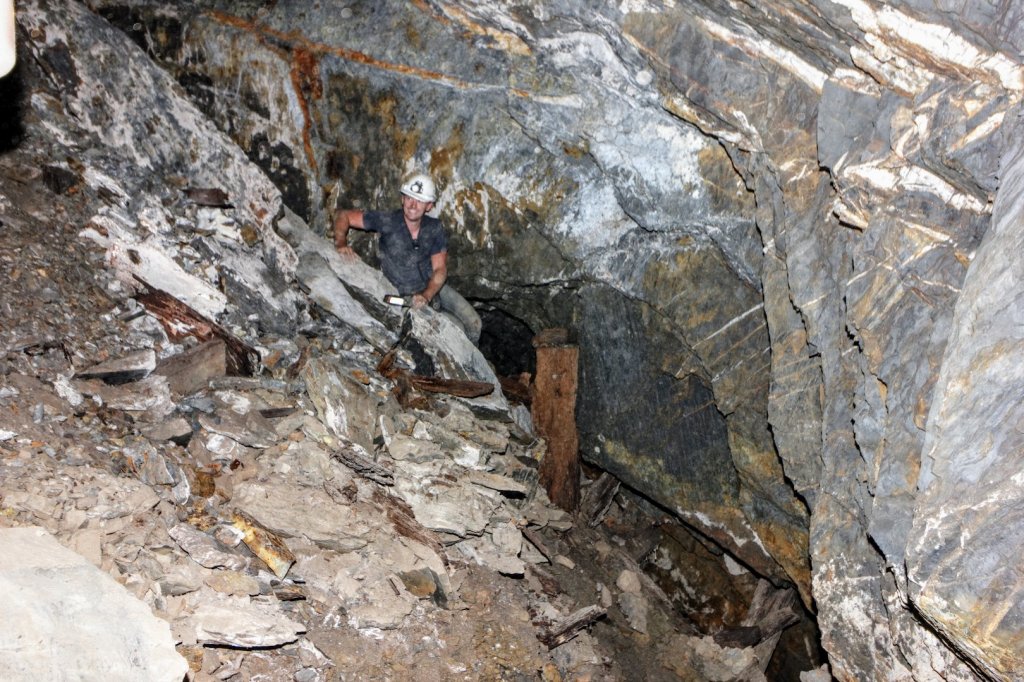
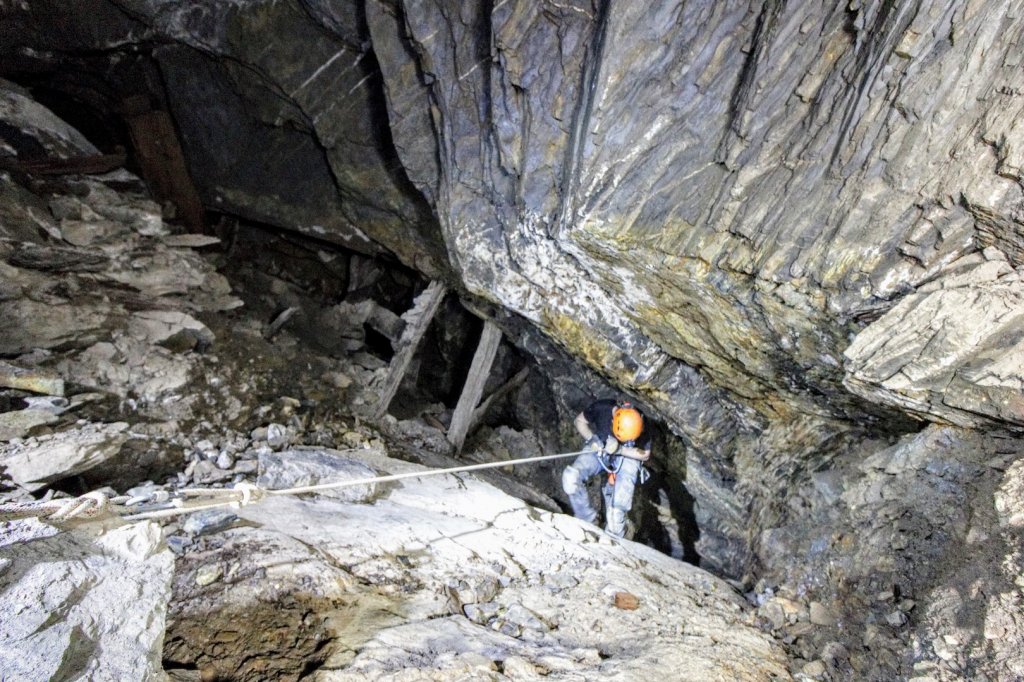
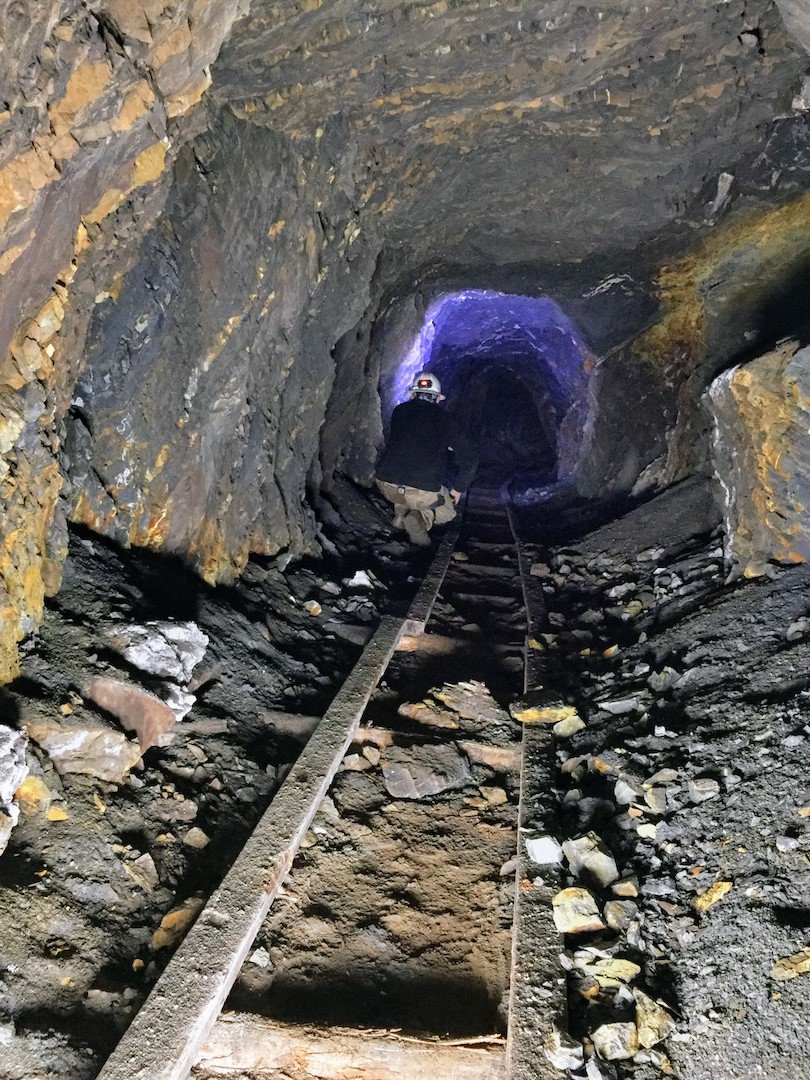
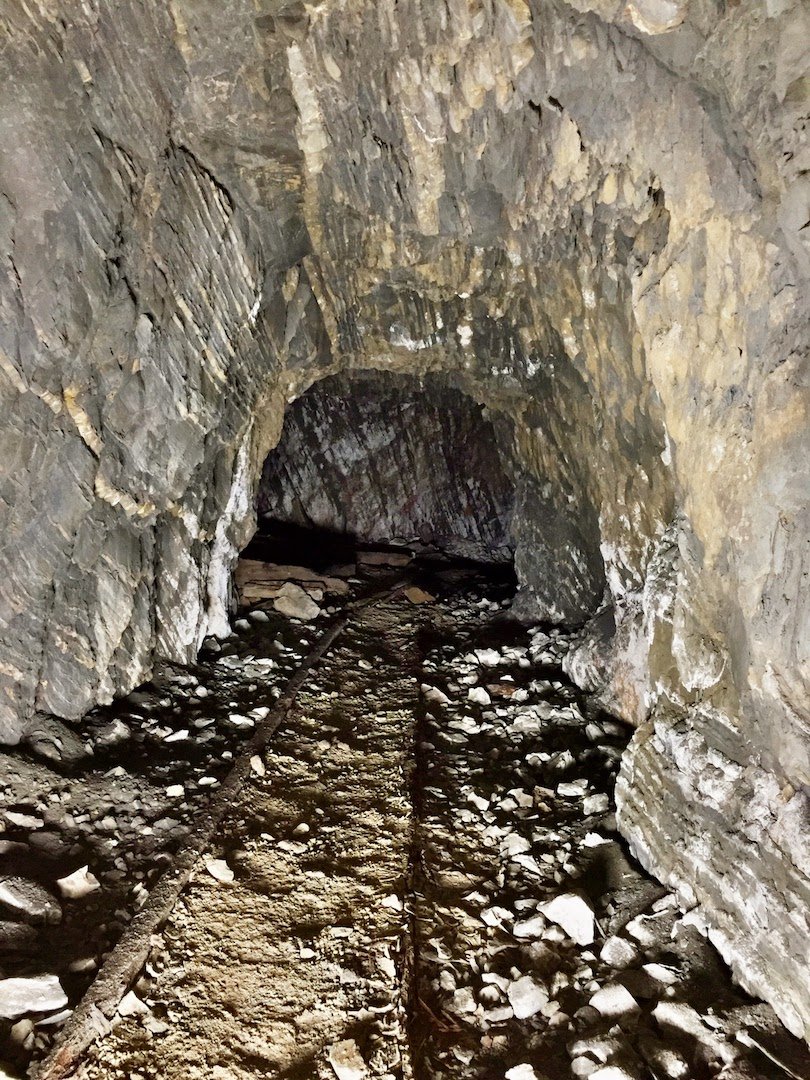
Heatho said:Those pics look great Dean, well done. :Y:
Cheers
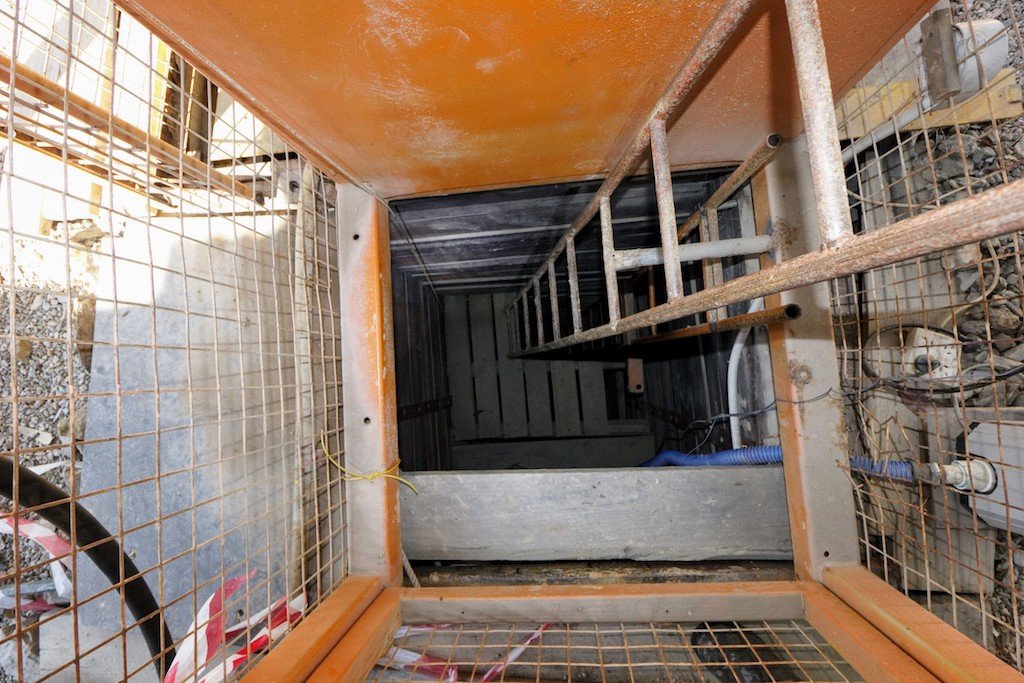
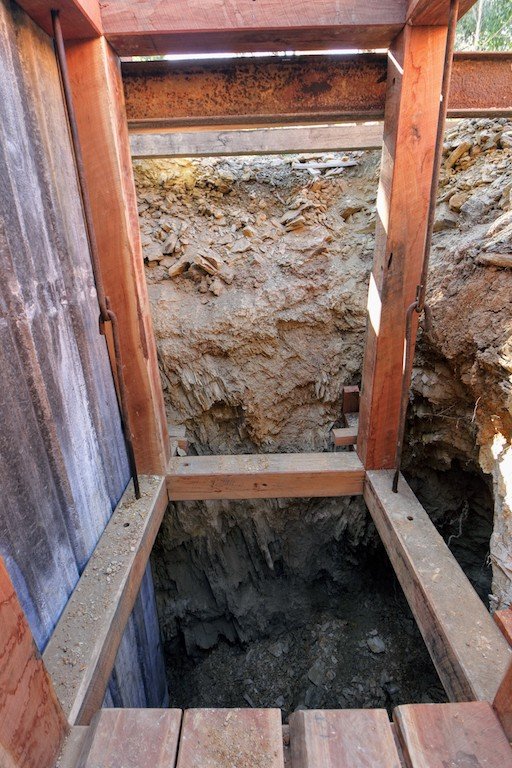
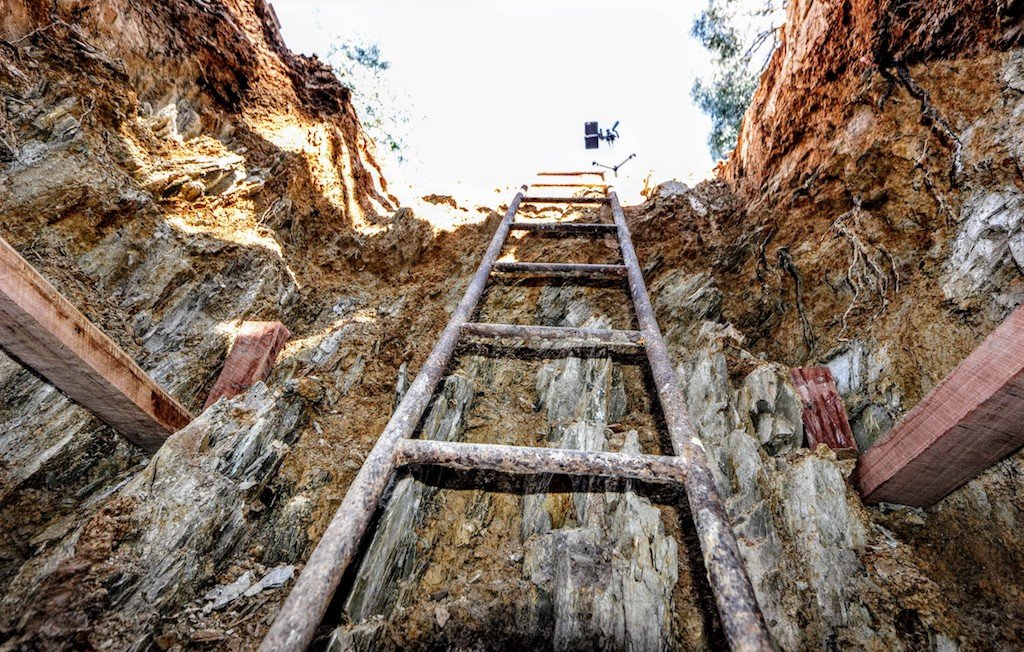
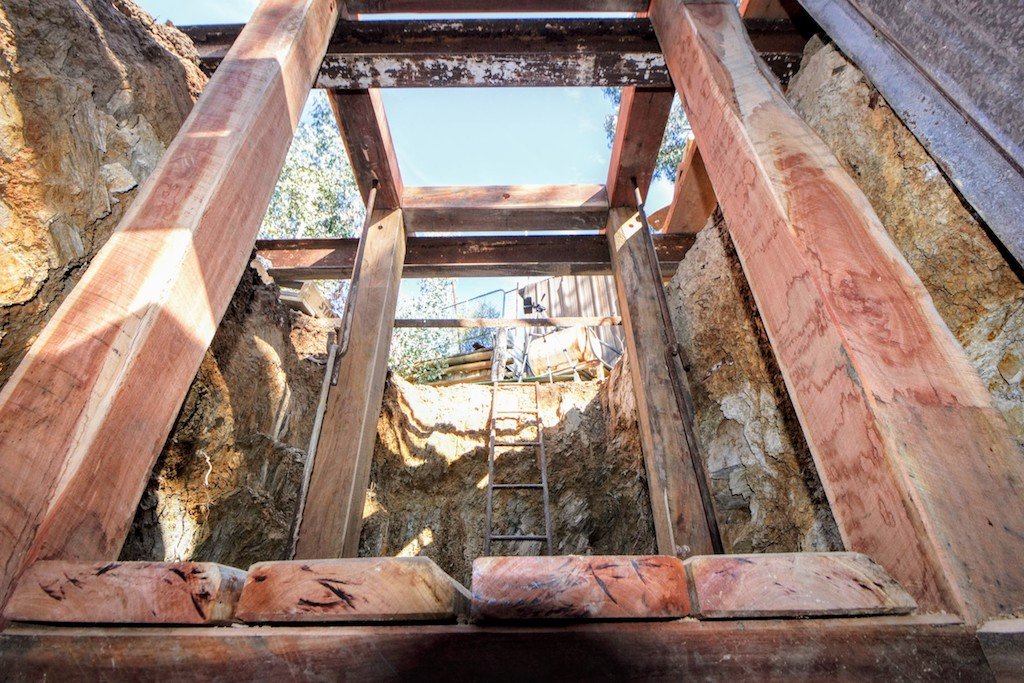
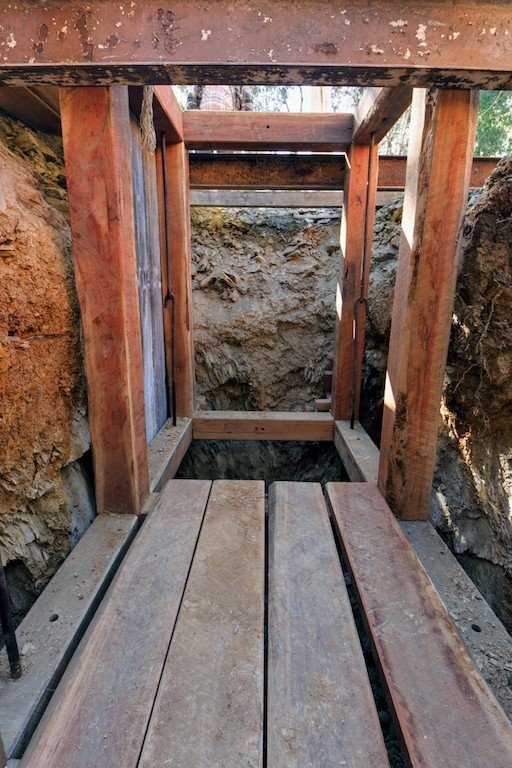
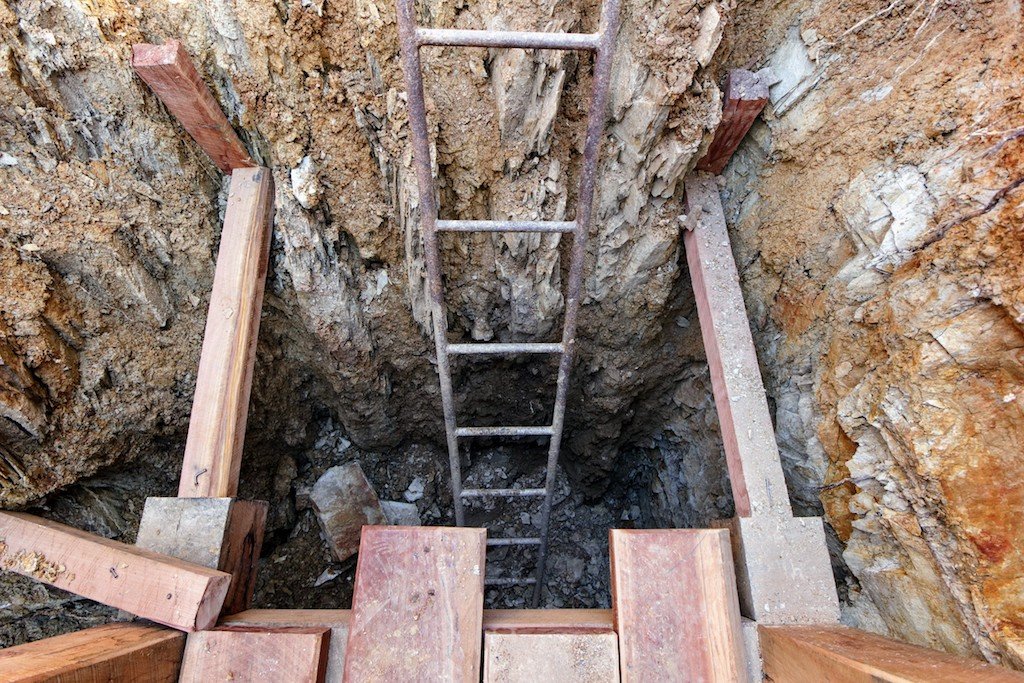
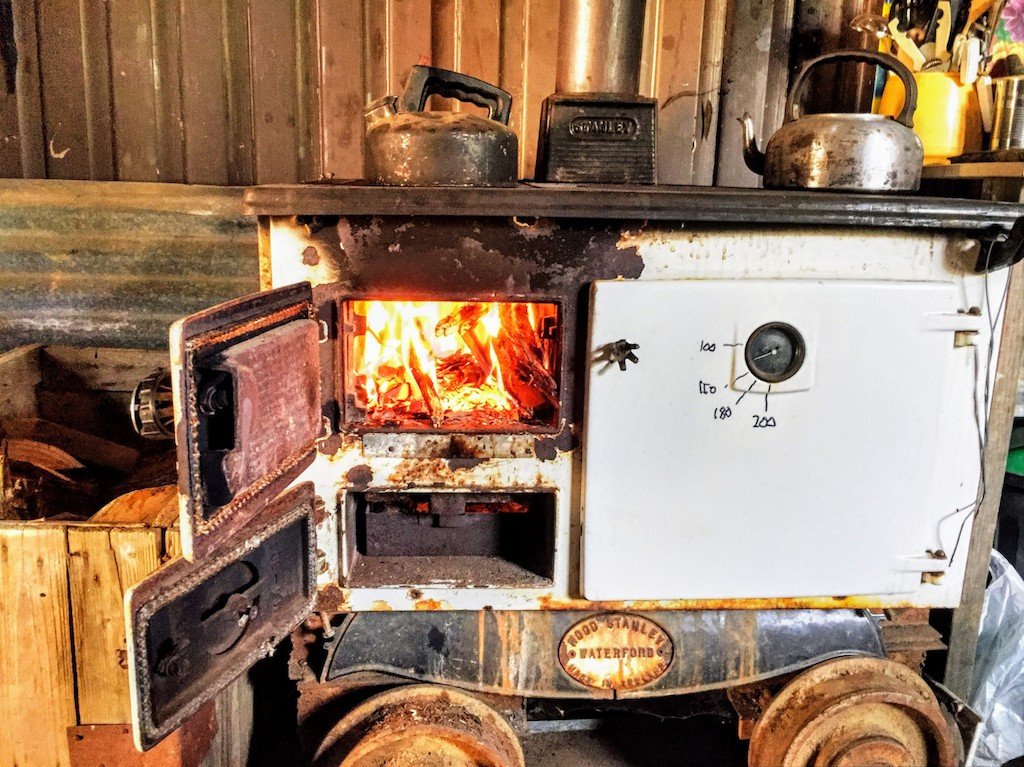
Enter your email address to join: